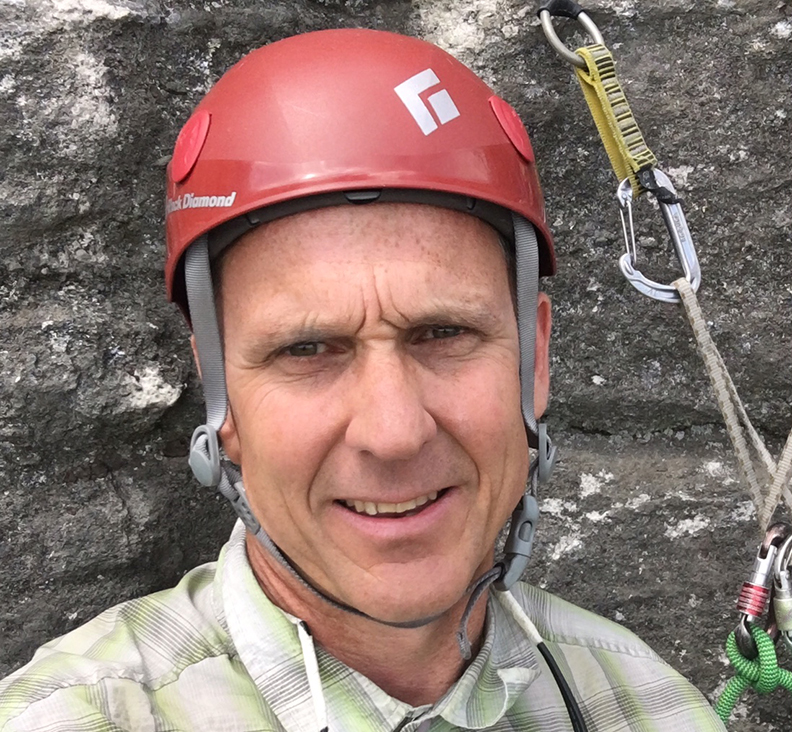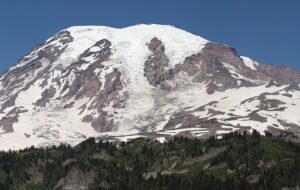Three climbers — two Americans and one Canadian — are missing on 3,724m Aoraki/Mt. Cook, the highest peak in New Zealand.
The climbers flew to Plateau Hut on Saturday and planned to climb the peak on Sunday. When the climbers failed to meet their pre-arranged transport yesterday, a search began. Patrols found clothes and climbing gear but no trace of the missing team.
Fall suspected
The search was suspended today due to bad weather. It is not expected to resume until conditions improve, likely not till Thursday.

Kurt Blair. Photo: American Mountain Guides Association
The missing Americans are Kurt Blair, 56, from Colorado; and Carlos Romero, 50, of California, AP reported. Both are certified mountain guides. The name of the Canadian has not been shared yet.
Two hours ago, New Zealand’s 1 News quoted a relative of one of the missing climbers, who said that authorities believe they may have suffered a fatal fall.
For experts only
Aoraki/Mt. Cook, on New Zealand’s Southern Island, is a serious climb suitable only for experts. The heavily glaciated peak features huge crevasses, steep sections, avalanche-prone slopes, and highly variable weather.
The missing team was probably climbing the peak via the standard route up the Linda Glacier and Zubriggen Ridge. They skipped the lower section across the Tasman Glacier and Haast Ridge by flying directly to Plateau Hut, the usual point from which summit pushes are launched.

The Linda Glacier route on Aoraki/Mount Cook. Photo: Google Earth/Adventure Consultants
The long summit day involves an early start to minimize avalanche risk. Climbers navigate the heavily crevassed Linda Glacier, then follow the Zurbriggen Ridge to the summit, which includes 50º sections on ice, according to SummitPost. The round trip back to Plateau Hut usually takes 15-20 hours.
According to SummitPost, the Linda Glacier route is the most popular because it is the least technical but it is also the most dangerous route up the mountain.
“The route is exposed in numerous places to avalanches, rockfall, and ice-fall danger from above,” New Zealand-based Adventure Consultants confirms. “From December onward, the route can become heavily crevassed before eventually becoming impassable. Crevasses may slow travel through areas threatened by ice avalanches and can be unacceptable from a safe guiding perspective.”
More than 240 people have died on Aoraki/Mount Cook and in the surrounding park in the last 120 years.

Aoraki/Mount Cook is located on the west coast of New Zealand’s Southern Island. Photo: Shutterstock
Potential Mt. Cook clients must have their skills and level of fitness assessed by the local outfitter. Climbers also stop some meters away from the peak’s highest point out of respect for the Ngāi Tahu community of the Maori people, for whom Aoraki is a sacred ancestor.






